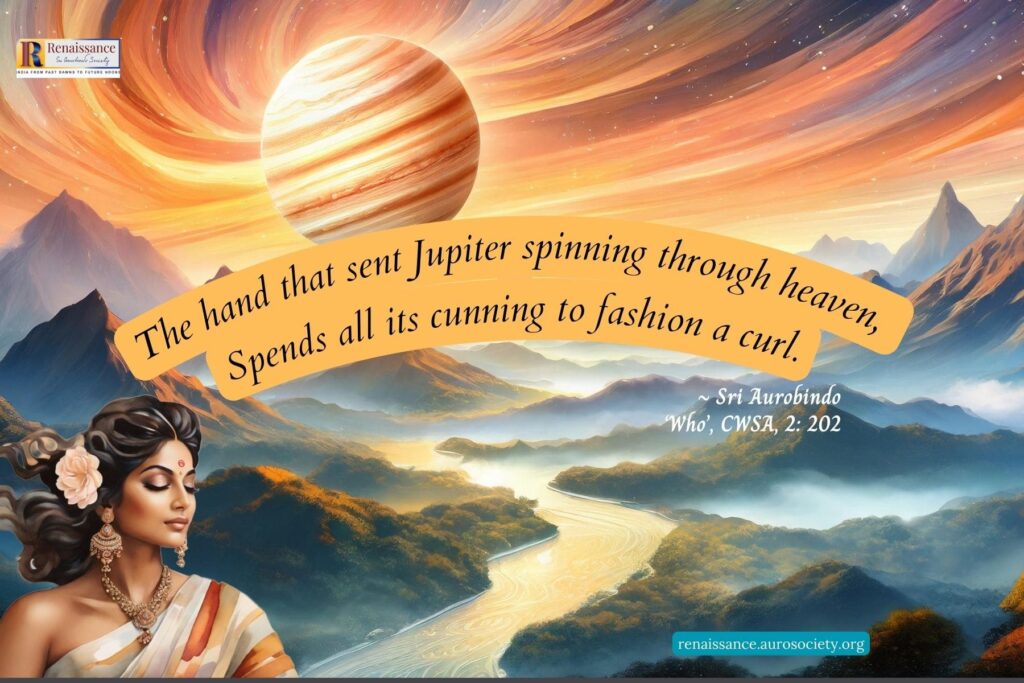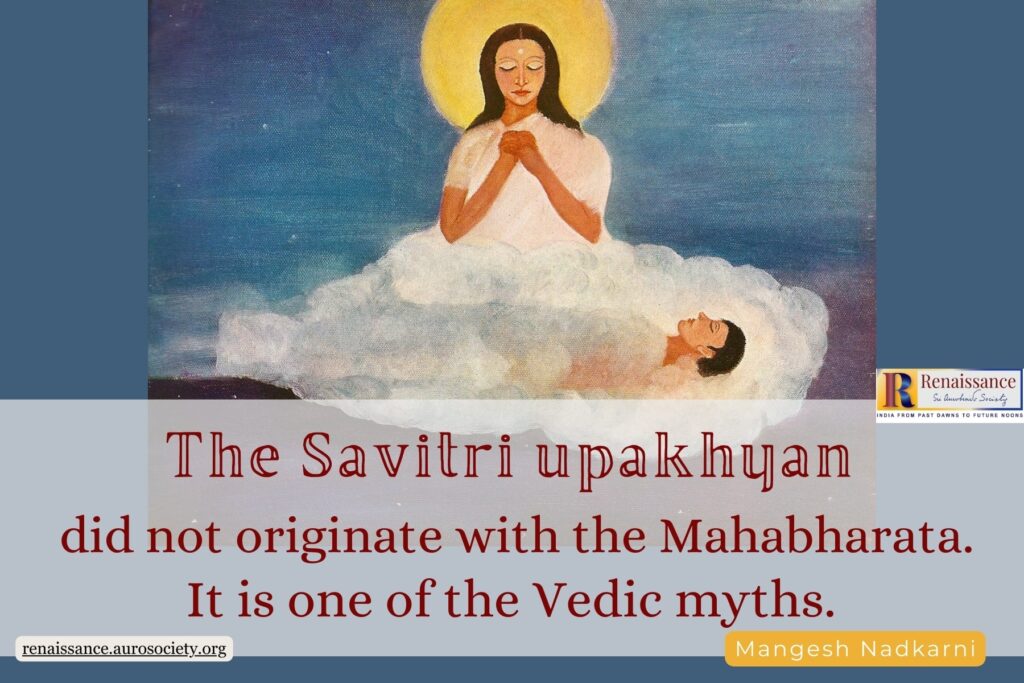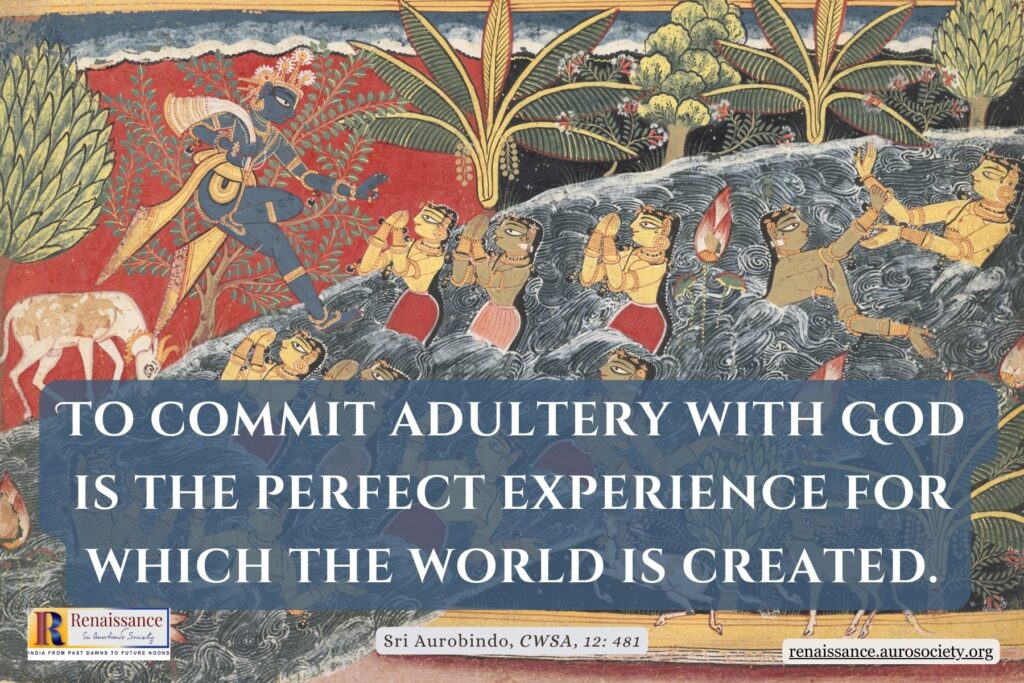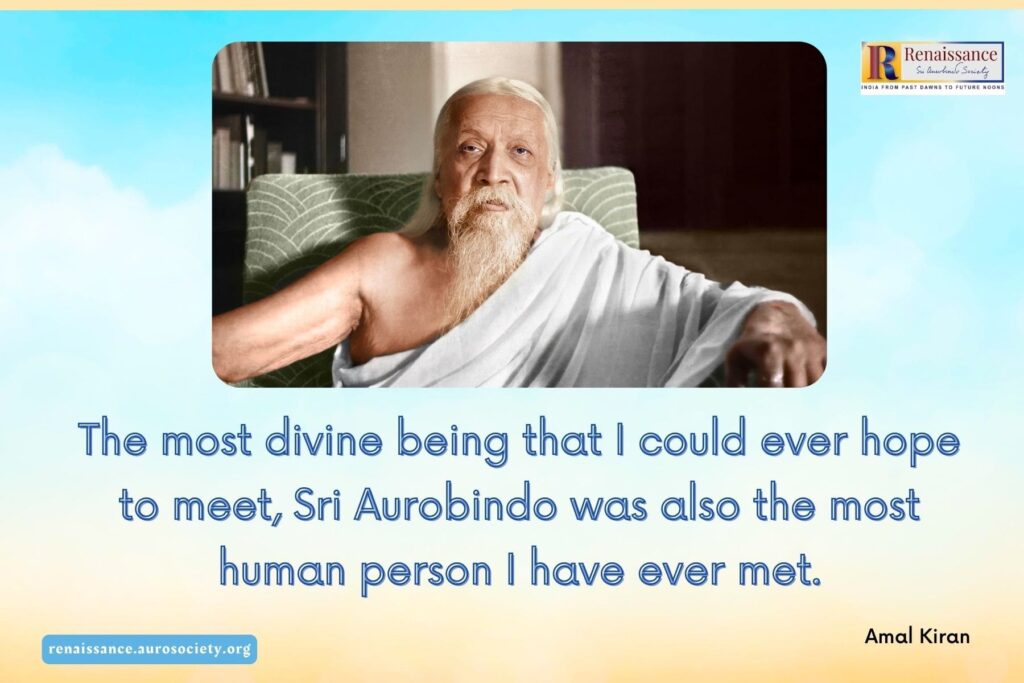The One Who Fashions a Cosmos, and a Curl
The absolute Brahman manifests as the Ishwara, the one Eternal. It also manifests as the multiplicity of the One in the Jiva, the living creature. Thus creating the double aspect of Being and Becoming. What we call as the soul or psychic entity in the individual is an eternal portion of Brahman, the Ishwara. But what of the other parts in an individual which move, act, and grow in the plane of Ignorance? What of the world movements, the affairs of our lives and the struggles and conflicts therein? If all these are workings of the Nature, of which our human nature is an intrinsic aspect, what is the relation of Ishwara with the Nature? The current issue and the one following this will explore some aspects of the theme – Divine in Nature.
The One Who Fashions a Cosmos, and a Curl Read More »






